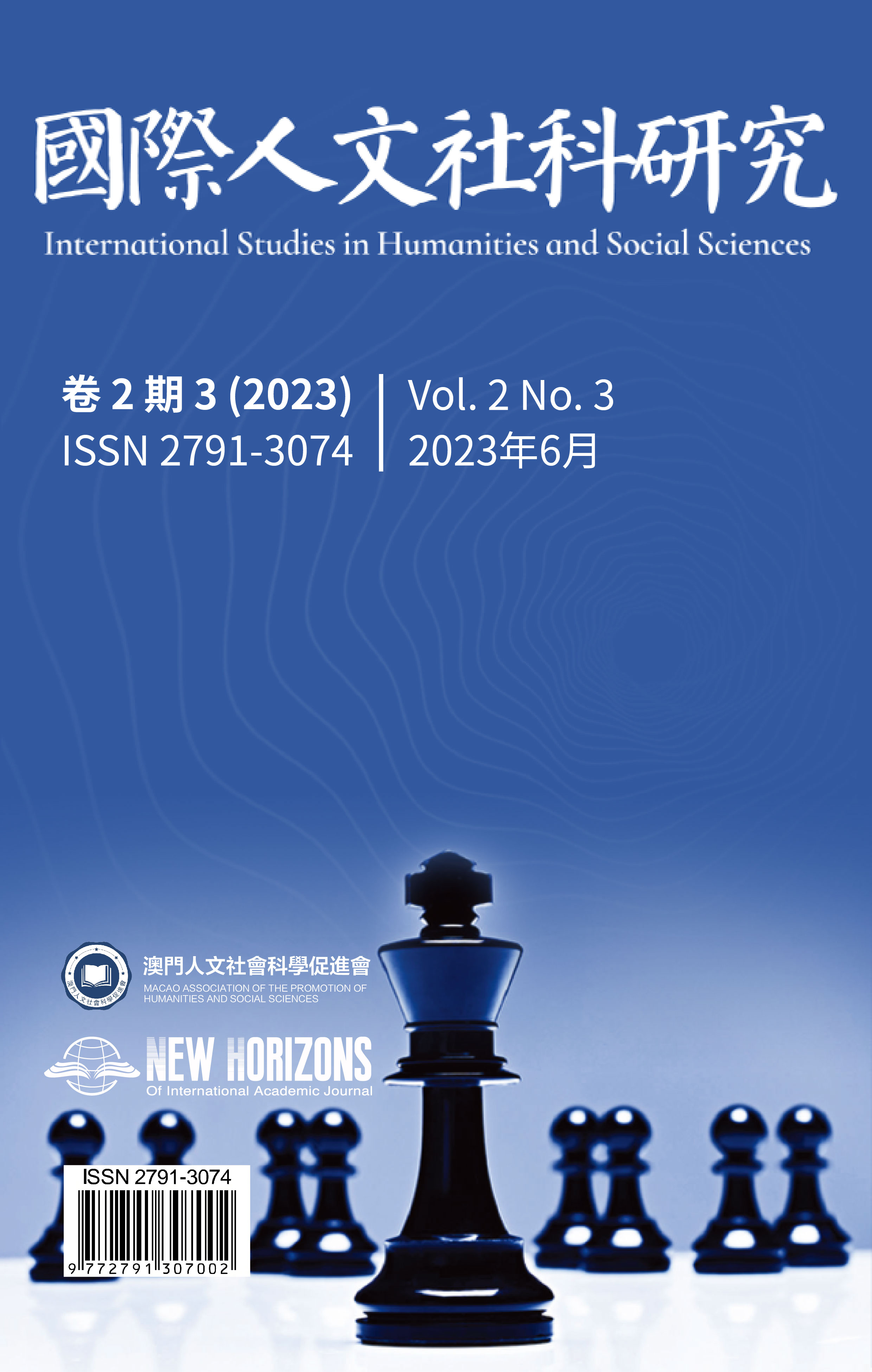The Research on the Low-Carbon Legal System of Guangdong-Hong Kong-Macao Greater Bay Area under the “Double Carbon" Goal
DOI:
https://doi.org/10.63944/xd98en52Keywords:
粤港澳大湾区;碳达峰;碳中和;低碳技术;碳交易Abstract
The “Paris Agreement”, which came into effect in 2021, proposed the goal of reducing the global temperature by 1.5 degrees Celsius. This goal will directly have a profound impact on the construction of low-carbon laws in my country. In September 2020, Xi Jinping proposed for the first time at the general debate of the 75th SESSION of the United Nations General Assembly that China strives to achieve carbon peak by 2030 and achieve carbon neutrality by 2060. The Guangdong Hong Kong-Macao Greater Bay Area is the first pilot area in China to achieve carbon peak and carbon neutrality, and its indicators are aligned with the world’s three major Bay areas in an all round way. However, the “one country, two systems” policy leads to the existence of completely different jurisdictions between the Guangdong-Hong Kong-Macao Greater Bay Area, which inevitably leads to inter-regional legal conflicts. If the Guangdong-Hong Kong-Macao Greater Bay Area wants to achieve the goal of carbon peak and carbon neutrality in the future, it can refer to relevant legal systems within and outside the region, make good use of low-carbon technologies, build an inter-provincial carbon trading system, and achieve the strategic goal of dual carbon as soon as possible.










